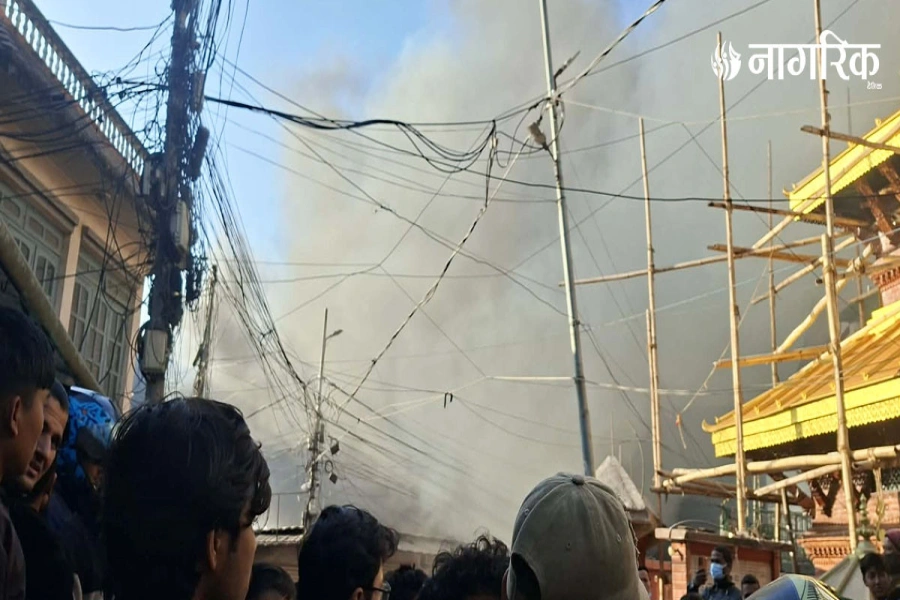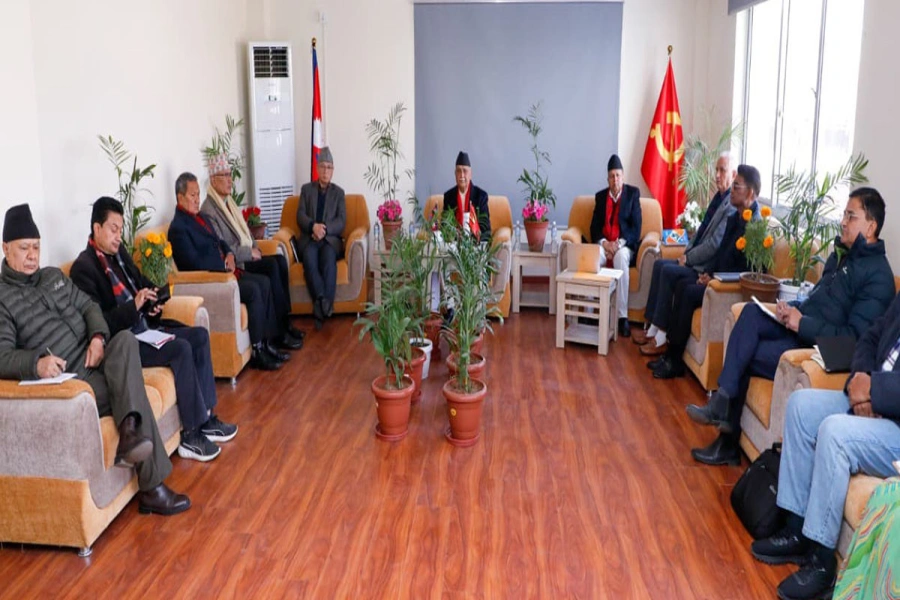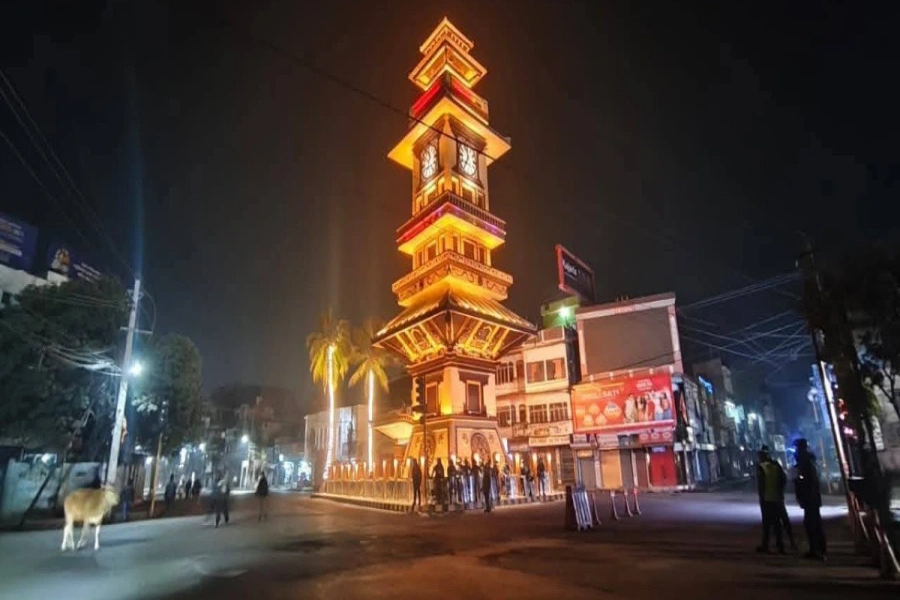South Pacific Islands once termed as outposts have now become countries of considerable significance because of their strategic location and maritime resources zones. The South Pacific that “extends from the Equator to the Antarctic and from Australia to South America and covers one eighth of the earth’s surface,” contains islands that are small in size and population and “stretch across a vast expanse of waterways strategic for commercial shipping, fisheries, and security.” US troops fought “bloodiest battle” to oust Japan from there and took Palau, the Marshall Islands and Federated States of Micronesia during the WWII.
Along with Australia and New Zealand, the coastal states of the South Pacific islands include Cook Islands, Kiribati, Fiji, Marshall Islands, Federated States of Micronesia, Nauru, Niue, Palau, Papua New Guinea, Samoa, Solomon Islands, Tonga, Tuvalu, and Vanuatu. Australia has a close and cooperative relationship with them. The region constitutes the most important factor in Australia’s strategic and political environment. Australia is geographically better placed than the US and China to help fashion policies in the region. The sensitivity of the region is great. Canberra sought in the past to promote the concept of a nuclear free zone for the Southwest Pacific and deny others access to potentially important areas of influence.
Once locked in constructive engagement and strategic partnership from early 1970s to 1980s mainly to contain the power and influence of the thenSoviet Union, the United States and China are now the central players fiercely competing with each other and increasingly vying for power and influence in the Asia-Pacific region now rechristened as the Indo-Pacific region. American Defense Secretary Lloyd Austin calls the Indo-Pacific as “the core organizing principle of American national security policy, a priority theater of operations, the heart of American grand strategy” and “center of strategic gravity.” The US-China competition in the tiny Pacific Island nations is marked by more complex issues of diplomatic, political, economic and security challenges with far reaching geopolitical implications in the region and beyond.
The renewed commitment of the US to the Pacific Islands Forum (PIF) – the region’s multilateral forum– comes at the forefront of its rivalry with China. In 2019, Solomon Islands moved closer to China, switched diplomatic recognition from Taipei to Beijing. It struck a security pact with China and pledged not to sign any declaration that targets China. It appears that the Pacific Islands are turning out to be a strategic battleground both for the US and China. Washington fears Beijing will gain “strategic toehold in the Pacific '' that is closer to Australia, New Zealand, and Hawaii than to Beijing. American high-level visits to the Solomon Islands in recent months underscores an alarm in Washington over the Islands’ growing relations with China.
Chinese foreign minister Wang Yi on a tour of island nations earlier this year persuaded them to sign a “China-Pacific Island Countries Common Development Vision” that included, among others, cooperation on policing, and cyber security matters. They did not sign it out of concerns that “it was too heavily focused on granting Beijing security and military access and did too little to address top local concerns” including a more severe climate change crisis. Solomon Islands made it clear that it would not allow military bases in the country under a security deal with China. China has bilateral agreements with 11 Pacific Island nations, mostly focused on economic measures via the Belt and Road initiative (BRI) of China.
The other global power shift

US Vice President Kamala Harris addressed the PIF virtually in July this year and announced a funding boost in the region. She said, “the US is a proud Pacific nation and has an enduring commitment to the Pacific Islands” and also pledged to give “deserving attention and support.” US Secretary of State Antony Blinken on his phone calls to the leaders of Fiji, Tuvalu, and Palau on their independence days, talked of a long tradition of friendship and partnership, their “shared commitment to democracy and a free, open, prosperous, and resilient Indo-Pacific,” and pledged to “furthering our collaboration on the climate crisis, illegal, unreported, and unregulated fishing, and future challenges that we may face together.” He also talked of enhanced maritime cooperation; an aggressive response to tackle the Covid-19 pandemic; and a collaborative response to the ongoing climate crisis. Secretary Blinken visited Fiji in 36 years and termed it as a strong and integral partner to the US over half a century.
On September 29, US President Joe Biden hosted a two-day US-Pacific Islands summit in Washington. Pacific Island nations participated in the summit along with representatives from Australia, New Zealand and PIF Secretary General as observers. The President told Pacific leaders, “The security of America and quite frankly the world depends on your security and the security of the Pacific islands.” The Secretary of State spoke of “the incredible breadth and depth of the relationship and partnership.” The US considers the Pacific its maritime backyard since the days of WWII. The summit unveiled a 16-page US-Pacific Partnership Strategy dedicated to the Pacific Islands region.While the Pacific Partnership Strategy reasserts US interests in the Pacific, it also supports multilateral architecture such as the PIF and has provisions fully aligned with the PIF’s 2050 Strategy for Blue Pacific Continent.
The Strategy focuses on areas of primary concern for them including a strong US-Pacific Islands partnership and united region connected to the world. Summit declaration known as the “vision statement” covers five thematic areas including human centered development, commerce, industry, and trade ties, impacts of climate change, geopolitics, and security of the Pacific region. In addition to $1.5 billion provided over the past decade, the US will invest more than $810 million in expanded programmes focusing on infrastructure, education and combating climate change. It also has several provisions for increased cooperation with the region and pledges to maintain long term commitments for economic priorities of the Pacific Island countries. According to The Economist, the Strategy is to incorporate the South Pacific into an “Indo-Pacific” security framework designed to counter China’s rise. The US decided to open embassies in the Solomon Islands, Tonga and Kiribati and start a USAID regional office in Suva, Fiji. The US also announced plans to create an ambassadorial post to the PIF.
These initiatives come at a time when the strategic importance of the region stands upscaled considerably, and the United States and China are working to boost their military and surveillance capacity in the Pacific. China’s move in the region is seen in the larger context of creating strategic space in the Pacific to unify Taiwan on Beijing’s timeline and securing critical shipping lanes in the South China Sea. US’s involvement in the Pacific Islands is tied to its own security needs. “U.S. attention on the region has waxed and waned over time. The challenge is always follow through and follow up,”said John Hennessey-Niland, who once worked as U.S. ambassador to Palau. Washington’s interests eased after WWII but grew in the 1980s during the Cold War. After the collapse of the Soviet Union, the US shifted its attention to other regions. The latest interests come out of its security concerns from China’s growing footprints there. The question often raised by analysts is: there has been over “promising and under delivering,” that puts a question on commitments on a sustained basis.
The Pacific Islands have been the sites of nuclear testing. From 1946 to 1996, the US, UK and France detonated 318 nuclear devices in the Pacific region. The region suffers from health and environmental effects. Climate change is the defining issue for the island nations, as it threatens their extinction. US Secretary of State Colin Powell in August 2001 called global warming a “security challenge.” In 2001, President of the Federated States of Micronesia wrote, “climate change is hurting islands around the world, but for the people of the Pacific it is nothing less than slow death. Our tragedies provide an early warning to the global community of its own impending doom.”
The consequences of climate change for Pacific Islands include rising sea levels, destruction of fresh water sources, more intense storms, loss of crops to seawater and coastal erosion. Scientists predict that rising waters will totally swallow them within 50 years. Already the Tuvalu government has asked New Zealand and Australia “to accept the entire population as environmental refugees.” That underscores the urgency, and gravity of climate change.
According to a study report recently published in National Science Review and the findings by a team of researchers at the Curtin University in Australia highlight: every year the Pacific Ocean decrease in size by a few centimeters and with depictions from a supercomputer, they expect a new continent “Amasia” from the collision of North America and Asia in 200 to 300 million years. The study report is quoted as stating that the earth will look unrecognizable as the globe’s largest Ocean vanishes.
Pacific nations are caught in the middle of the superpowers’ battle for influence and are being dictated to by competing powers. Henry Puna, the secretary general of the PIF said in July, “If anybody knows what we want and what we need and what our priorities are, it is not other people- it is us.” At a time when the existing world order is in the process of decomposition, and a new one is struggling to be born, it is a must to have a realistic, practical and pragmatic approach to its foreign policy.
Lesson for Nepal
Given the geostrategic location and its varied topography, Nepal figures prominently in the lenses of global geopolitical and climate change diplomacy. Whether it is the rising of sea levels or melting of the Himalayan glaciers, climate change remains a defining issue for all. Nepal’s topography makes it highly vulnerable to geological and climate related disasters such as frequent landslides, storms, floods, droughts, and wildfires. Nepal’s major rivers are fed by Himalayan snow and the glacier. Climate change has profound consequences in Nepal and for over a billion people living downstream who depend on Ganges River systems. The Intergovernmental Panel on Climate Change’s 2007 Fourth Assessment Report had predicted that Himalayan glaciers could melt away by 2035. A 2020 study report projected that Nepal and Bhutan could lose as much as 60 percent of its ice mass by 2100, relative to 2015, even in a low-emissions scenario.
Although Nepal’s contribution of carbon emission is negligible, this Himalayan nation is bearing the disproportionate burden of the impacts of climate change. Ukraine war and attendant crises have shown that world peace and security have come to be closely connected to energy/power market. This makes Nepal’s abundant water resources tied to security and stability in the larger context. Climate policy needs to be integrated in foreign policy and included in talking points at all levels. Climate justice has to be there for the “victims of climate change.”
Given the geostrategic location of Nepal and its importance to the national security and economic interests of both India and China -the oldest and greatest civilizations of the world, most populous countries with two different political and social systems, and emerging powers with global ambitions, Nepal has a tightrope walking in its foreign policy. Nepal should work to win the trust, respect, and confidence of its immediate neighbors and wider international community in its engagements and at the same time, tell them to remain within the limits and not cross redlines that deprives it of its legitimate concerns and priorities. Nepal should make them understand that a peaceful, stable, strong, democratic, and prosperous Nepal would be a boon for the region and beyond. Coercing Nepal to follow or toe their line of thinking and action is detrimental not only to Nepal but also to the interests of its neighbors and global community. A safe Nepal is the world’s chief need. Nepal knows best about its priorities. People of Nepal are expected to firmly make that clear further in the forthcoming general elections scheduled for November 20.





































